After being ravaged by wildfires, O.C. canyon is reopening to the public
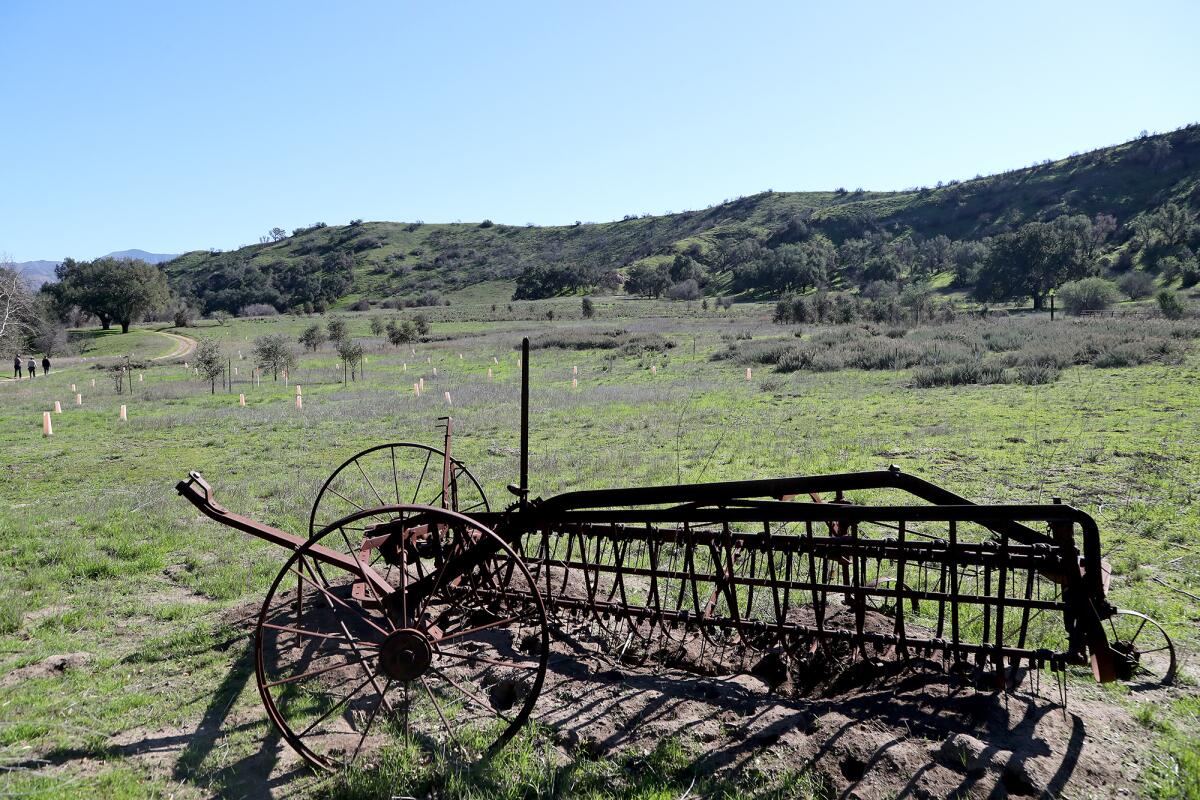
Two wildfires tore through thousands of acres of Limestone Canyon in 2020, causing wildlife to flee the area.
Since that time, the Irvine Ranch Conservancy and OC Parks closed the canyon to the public as the land healed and animals returned to their habitat. Although the vegetation hasn’t yet returned to its pre-fire levels, animals that once called the canyon home — mule deer, coyotes, mountain lions, grey fox, bobcat, raccoons and several birds of prey — have returned.
People will also be welcomed back to the area starting Feb. 5 with the public reopening of the canyon. A Wilderness Access Day, which requires registration online, will give attendees the use of trails inside the park.
The conservancy is also planning hiking, biking and equestrian activities for the public later this year. There will also be opportunities for the public to take part in restoration efforts in areas of the canyon.
“Nearly all of OC Parks’ Limestone Canyon Nature Preserve burned in the 2020 Silverado and Bond fires, including large portions that actually burned twice,” said OC Parks supervising park ranger Nick Martinico. “These incidents significantly impacted the wildlife and landscapes that are close to the hearts of so many who visit and volunteer at Limestone Canyon. We observed this closure to allow a rest period for wildlife, time for habitat regrowth and to rebuild infrastructure. We deeply appreciate the public’s patience and support and are now eager to once again host activities at Limestone Canyon starting with our Wilderness Access Day in February.”
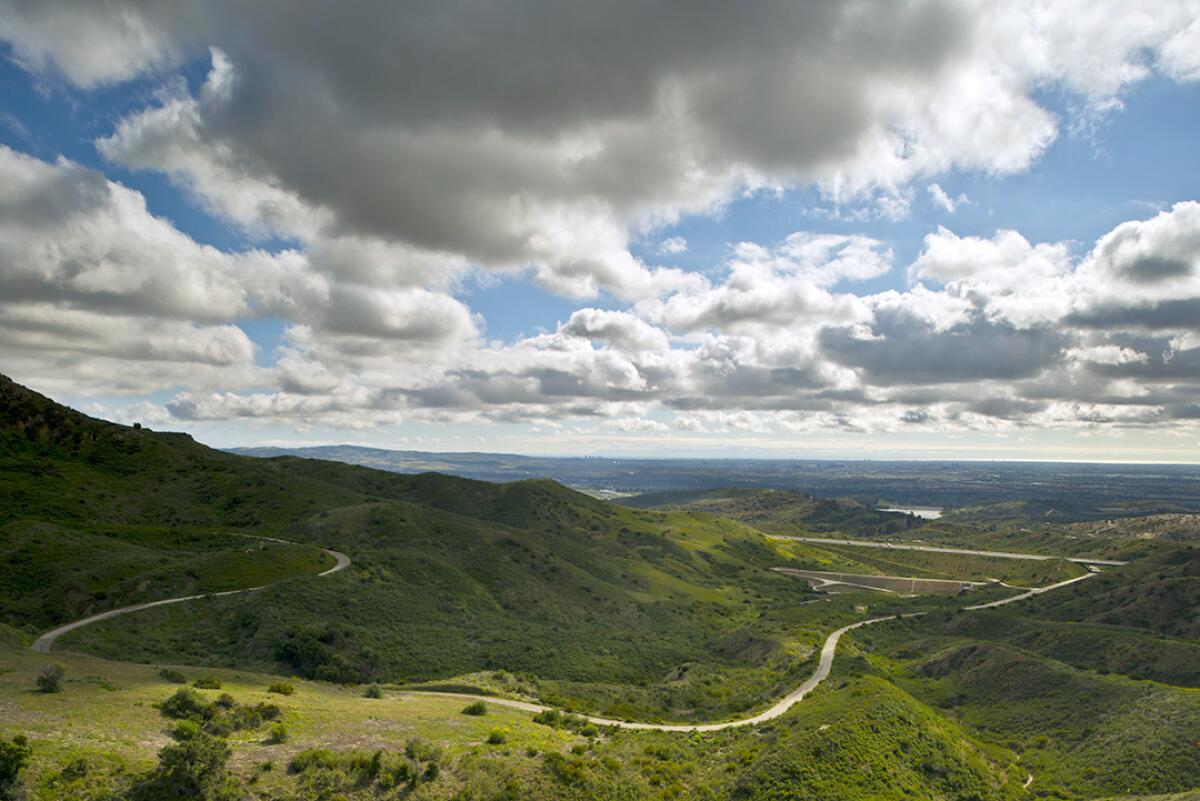
In recent years, climate change has contributed to more devastating wildfires in California. In 2020, Orange County was hit hard by the Silverado and Bond fires, which burned about 20,000 acres. In Limestone Canyon, the Silverado fire burned about 5,600 acres, and the Bond fire about 2,700 acres.
The severe winds that fueled the Silverado fire were so powerful that some patches of Limestone Canyon were left unscathed. John Gump, OC Parks operations manager, said that they were grateful at the time because it could have been worse. Then the Bond fire swept through.
“Those islands and kind of areas that had less severe fire impacts, when the subsequent Bond fire came through, that’s what enabled it to burn areas that had already been burned because there was still that remaining fuel there,” Gump said.
Gump said the fires impacted almost the entire canyon, including trails, vegetation and animal habitat.
As the land healed over the last year, the job of wildlife experts was largely to wait and monitor the return of vegetation and animal life.
“Given enough time, things revegetate on their own,” said Nathan Gregory, the Irvine Ranch Conservancy’s vice president and chief program officer.
The conservancy, initially funded by Donald Bren, has managed open space in Orange County — primarily in Irvine and Newport Beach — through its roughly 16-year history. It manages about 30,000 acres in Orange County.
Two large land restoration projects that the conservancy was working on were burned up in the fires, so the conservancy had to go back and do some supplemental seeding and monitoring to keep an eye out for weed invasion and soil loss, major concerns following fires.
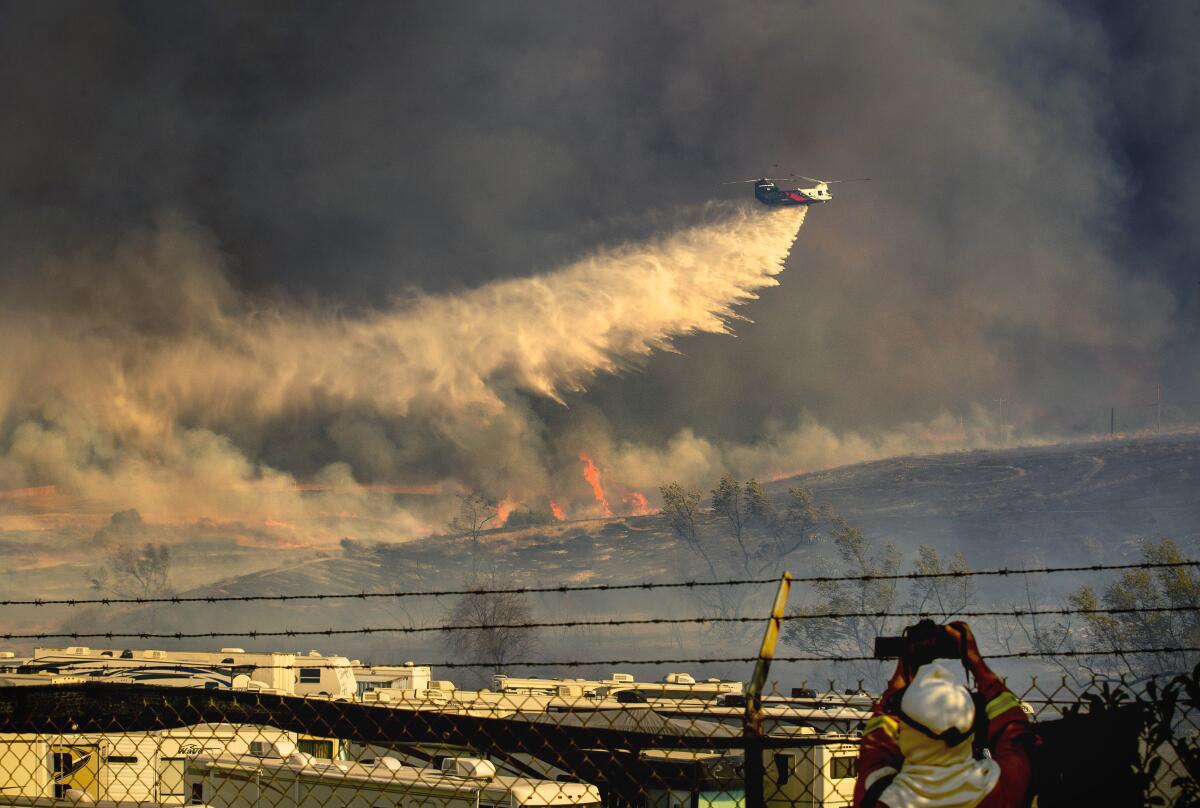
Gregory said the conservancy also did planting throughout the canyon, particularly oak trees that have been disappearing due to fire and drought. It has also put in work around the canyon’s staging area, clearing out the degraded areas and planting seeds of native wildflowers and shrubs.
Gump said that the fires also impacted recreational areas in the canyon. Trails had to be restored over the last year, including replacing directional signs.
The vegetation has not yet returned to its pre-fire levels due to last year’s drought. The conservancy and O.C. Parks are hoping to see an increase of rare flowers, “or fire followers,” this spring that tend to sprout up in the wake of fires.
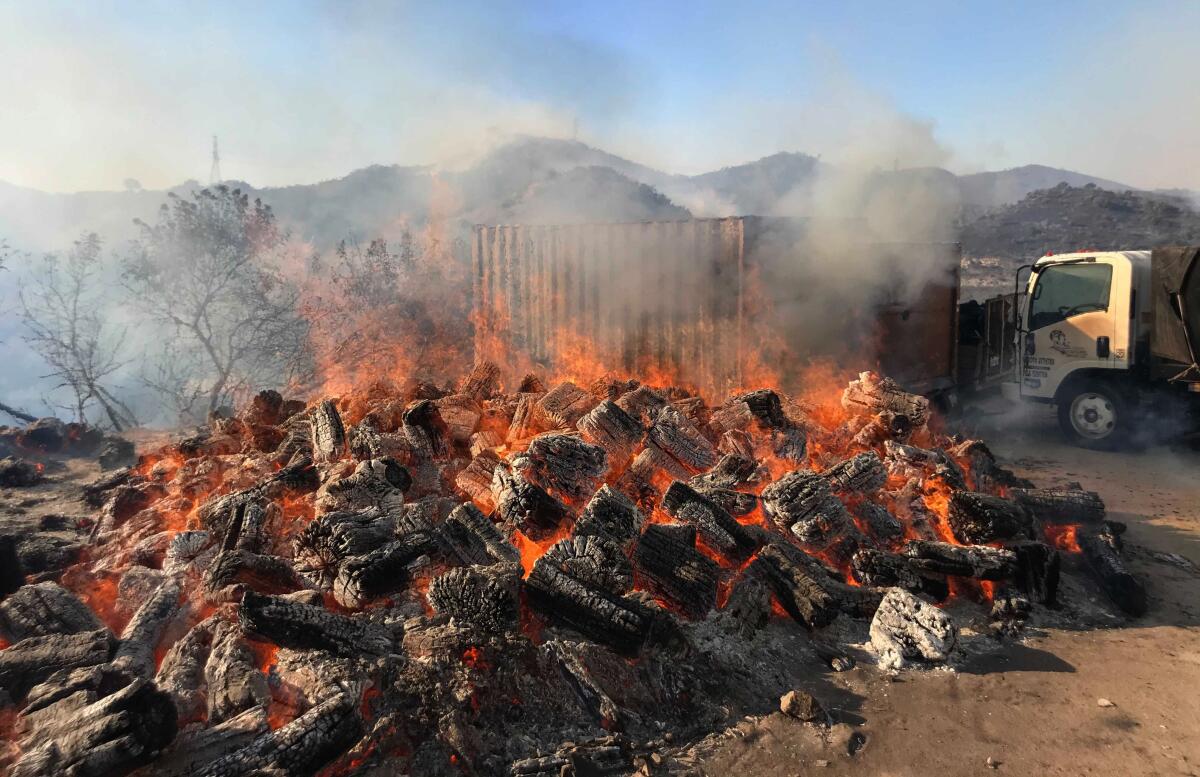
However, Gregory said that the animal population has returned to the same numbers as before the fires.
“The loss of habitat and loss of food for most animals, we just don’t see a lot of activity until the vegetation starts to grow back,” Gregory said. “Then the animals will gradually kind of move back in.”
Although the land is well on its way to full recovery, wildlife managers will need to ready themselves for an increase in wildfires as climate change intensifies. Gregory said it’s the primary concern for the conservancy moving forward.
The conservancy has volunteers out in the field monitoring areas for wildfires on windy days and actively removes invasive species of plants and grasses that can catch fire. The conservancy also restores and enhances the habitat because strengthening the overall health of the land reduces the likelihood that they will be burned up in wildfires.
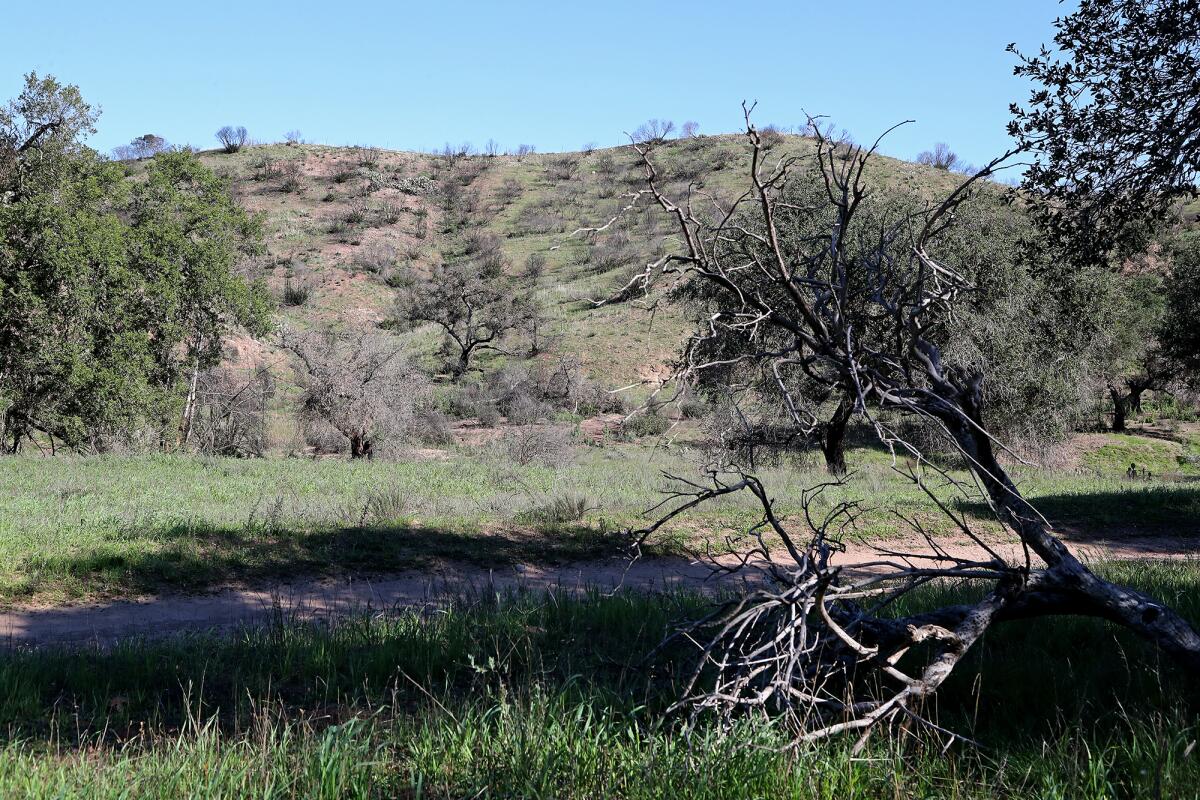
The Silverado and Bond fires were the most significant in Limestone Canyon since the 2007 Santiago fire, which damaged almost 30,000 acres through Santiago Canyon, Silverado Canyon, Live Oak Canyon, Holy Jim Canyon, Modjeska Canyon and Trabuco Canyon. That fire was allegedly started by an arsonist.
“Our fire agency partners have been kind of shouting from the rooftops for years now that fire season is year round,” Gump said. “So it’s something we always need to be diligent for, and it is a very major threat for our wildlands.”
The reopening Wilderness Access Day activity on Feb. 5 requires registration to participate. To register, visit letsgooutside.org.
All the latest on Orange County from Orange County.
Get our free TimesOC newsletter.
You may occasionally receive promotional content from the Daily Pilot.




